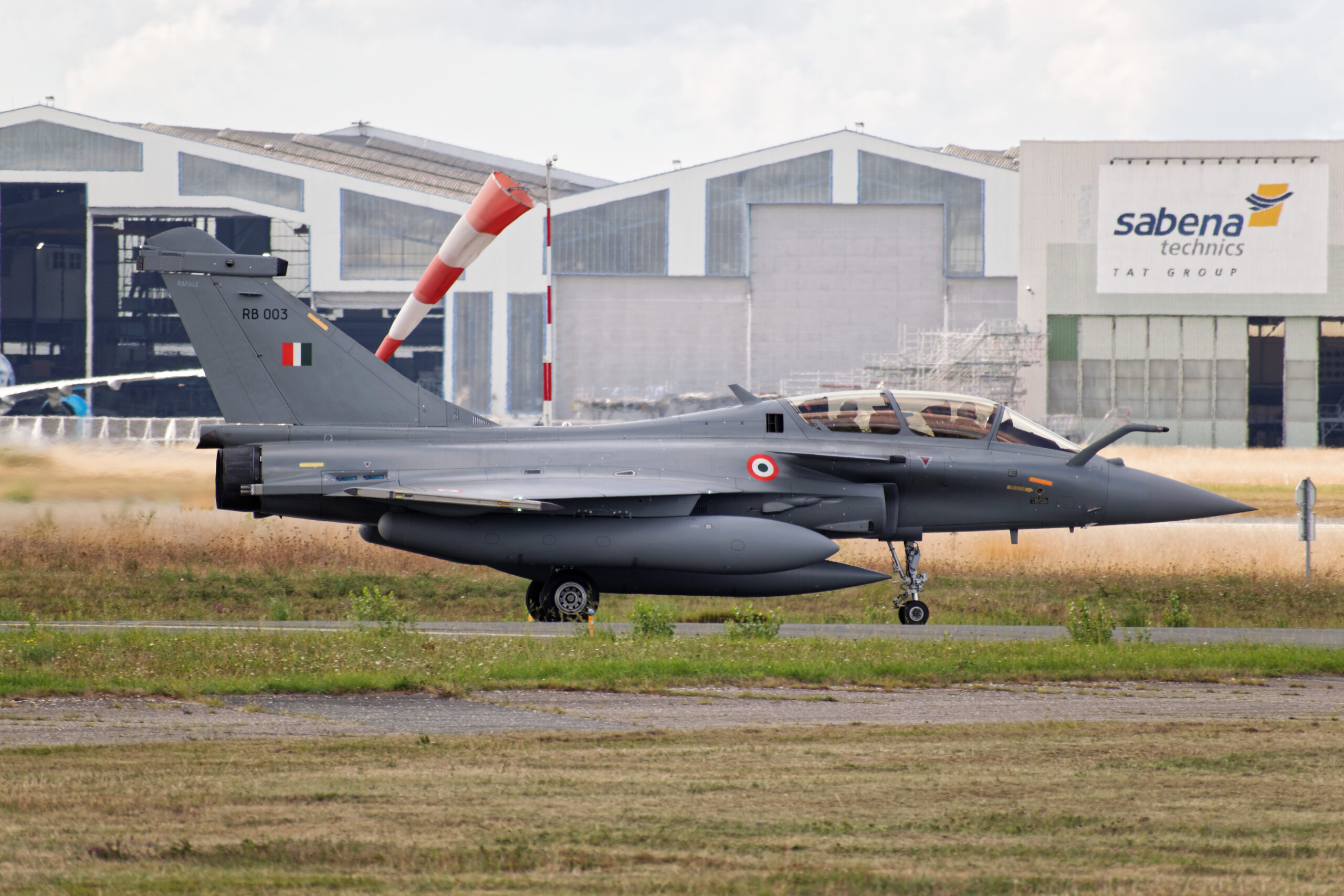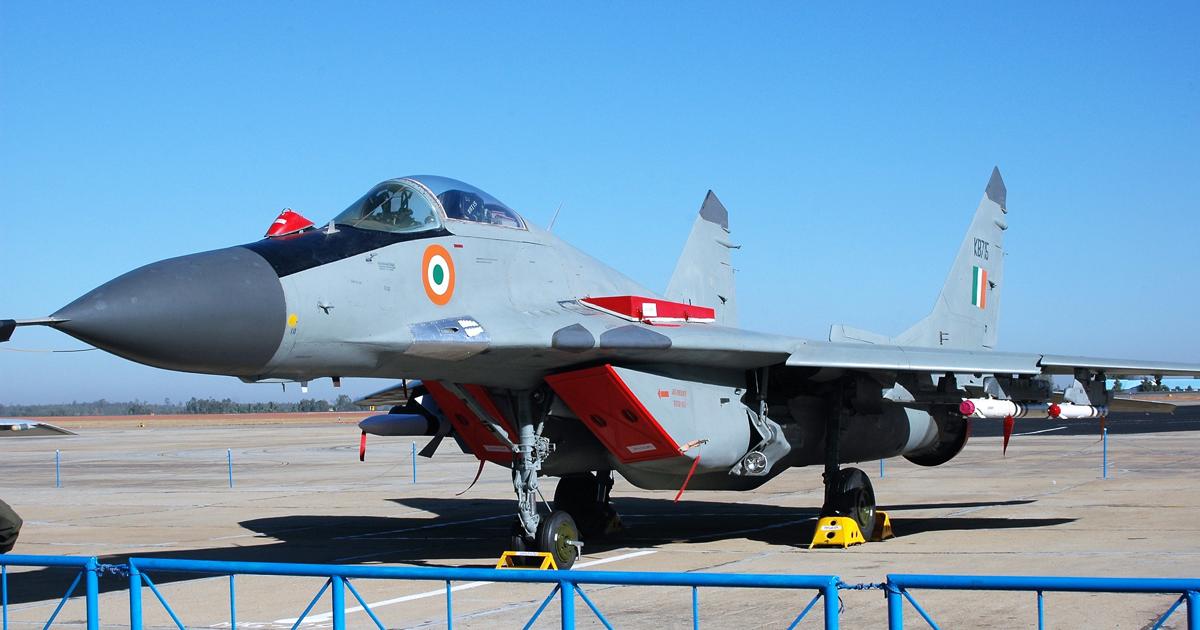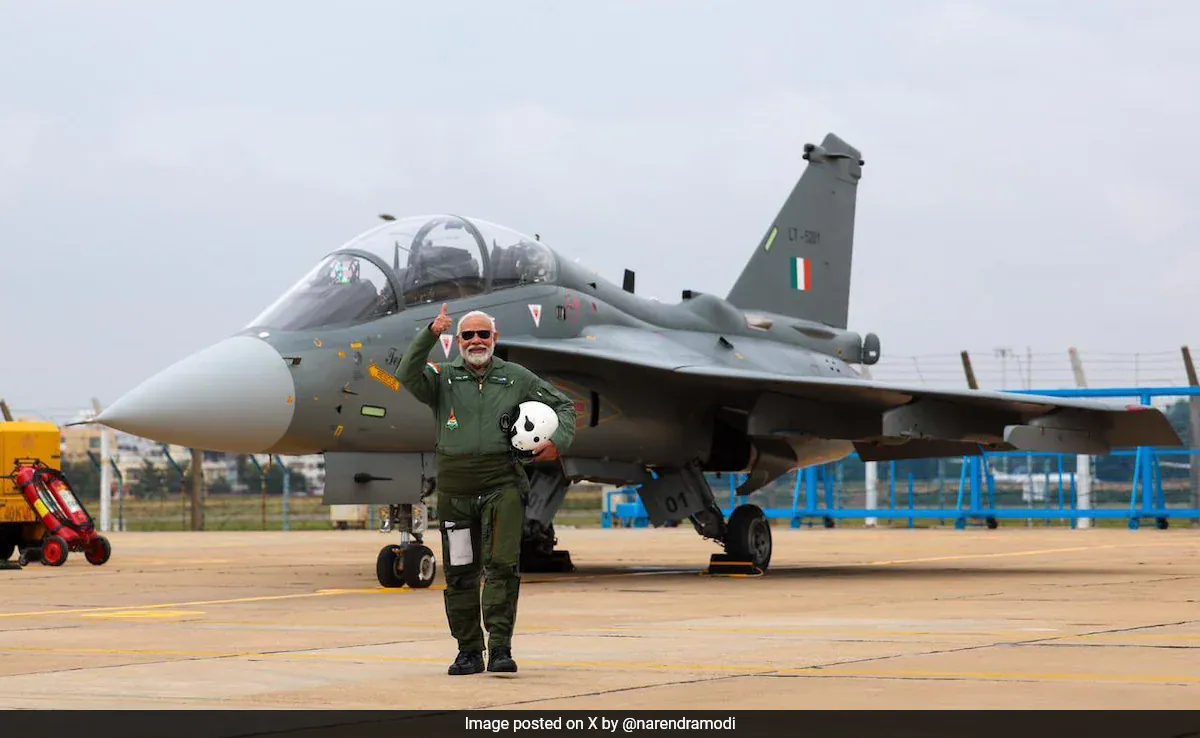International
India drills for a two-front war against Pakistan and China

The Indian Air Force (IAF) is preparing for a major military event starting right on April 1, the massive Gaganshakti military exercise along the country’s western and eastern borders. India is training to fight an air war on two fronts.
These 10-day war games will test the IAF’s ability to take on Pakistan and China simultaneously. Gaganshakti-2024 is expected to be larger than the last all-air force exercise, which took place in 2018. Gaganshakti 2018 saw more than 1150 aircraft generate an impressive pace of 11,000 sorties in 13 days.
Starting April 1, 2024, nearly the entire air fleet will be activated from north to south and west to east to test integrated combat strategies and tactics in collaboration with the Indian Army and Indian Navy.
In 2018, the IAF covered any air intervention landscape, from deserts to high-altitude actions to those in the oceanic scenario The specific focus was on air-to-air combat, air-to-surface combat, paratrooper assault, and medical evacuation.

Indian Mig 29
Phase I had begun at the western border with Pakistan, where Sukhoi Su-30 MKIs and Jaguar maritime combat aircraft were engaged in targeting the west coast. During Phase II, the focus shifted to the eastern corridor near the border with China in the northeastern states.
The IAF carried out strikes against maritime targets in cooperation with the Indian Navy. Maritime assets operated from bases in the southern peninsula and the Andaman and Nicobar Islands. A glimpse of this synergy was reflected in the anti-piracy operation conducted by the Indian Navy and IAF recently.
The IAF tested the effectiveness of indigenous LCA aircraft and the Akash missile system was validated. Upgraded Mirage-2000 and MiG-29 aircraft were tested in an operational environment.
Gaganshakti 2024 comes after Operation Balakot, during which the IAF struck targets across the border with Pakistan, and the subsequent Operation Swift Retort by the PAF. Since then, the IAF has introduced the French Rafales fighter jet, the indigenous light combat helicopter (LCH) Prachand, and the C-295 transport aircraft.
The IAF has integrated BrahMos supersonic cruise missiles with Sukhoi fighter jets. It will then be interesting to see in action the fighters of French design, the Rafale, equipped with the Meteor air-to-air missiles beyond visual range (BVRAAM), developed and produced by MBDA.
The IAF has introduced Russian S-400 surface-to-air missiles and the indigenously manufactured Astra Beyond Visual Range (BVR) air-to-air missile into its inventory. These long-range missiles greatly enhanced the IAF’s firepower.
The LCA ‘Tejas’, the first fighter/trainer, developed entirely by India, was introduced to the IAF in 2016, but has recently been sending its two LCA squadrons on detachment to forward air bases along the western and northern borders. In 2023, the LCA will be deployed to Jammu and Kashmir.
The biggest handicap of the Tejas so far has been that it has not been combat-proven and has never faced a challenge, as its deployment to the Indian peninsula made it a peacetime fighter jet, but this could all change if the Tejas were to be permanently deployed to one of India’s advanced air bases facing west or north and if it were to patrol the skies over India’s two unstable borders.
The Gaganshakti-2024 will test these newly acquired capabilities. A NOTAM issued by the IAF between April 1 and 10, 2024, gives an idea of the scope of the war games. A NOTAM is a notice filed with an aviation authority to alert aircraft pilots of potential hazards along a flight path or at a location that could affect flight.

HAL Tejas with Prime Minister Modi
A troubling and complex political scenario
Gaganshakti-2024 was designed on the basis of the current strategic situation in South Asia, with a political rapprochement between Pakistan and China and, at the same time, the escalation of contrasts between China and India on the eastern border, that of the area defined as Aruchanal Pradesh by India and Zangnan by China, which disputes the border based on the McMahon Line.
With this large-scale exercise, India is taking a much more assertive international stance toward China, a sign that the confrontation is being felt as serious by New Delhi. Just recently, Beijing strongly protested Prime Minister Modi’s participation in the inauguration of the Sela Tunnel, which is located in the disputed area, precisely to continue asserting its claims on the region.
The IAF participates in multilateral air exercises with increasing frequency. In 2022, the IAF took part in the Pitch Black-22 exercise, conducted by the Royal Australian Air Force at Darwin Air Base. Air forces from 17 countries participated, and the IAF took part with four Su-30 MKIs and two C-17s.
In 2023, the IAF’s Rafale, two C-17s, and two Il-78s participated in the Orion exercise in France. Air forces from Germany, Greece, Italy, the Netherlands, the United Kingdom, Spain, and the United States also participated.
The IAF also participated for the first time in the Bright Star-23 exercise held at Cairo Air Base last year. The exercises were also attended by the United States, Saudi Arabia, Greece, and Qatar.






